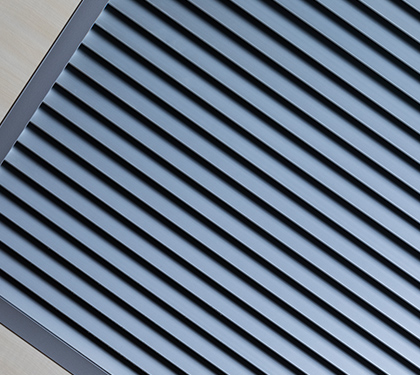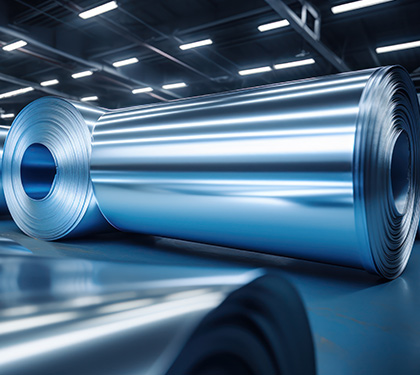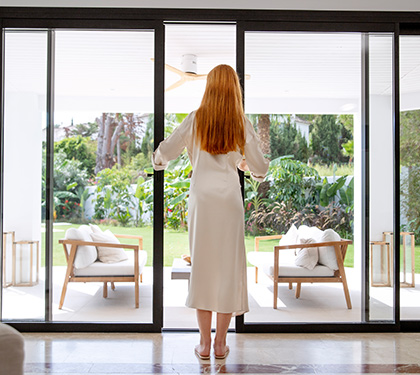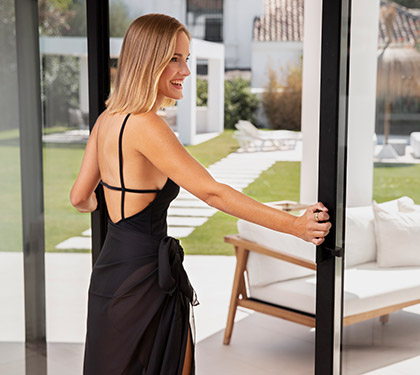Benefits and Usage Areas of Aluminium Sun Shading Profiles

Aluminium sun shading profiles are among the indispensable parts of modern architectural projects within the framework of energy efficiency and sustainability targets. These corrosion-resistant, aesthetic, safe, lightweight, recyclable, decorative and high-performance systems make living spaces even more comfortable with the advantages they offer.
Sun shading models produced by the "extrusion method", which refers to the construction process of a cross-sectional profile object, provide significant energy savings by controlling sunlight in construction applications. This reflects positively on costs.
Zahit Aluminium, which is among the leading companies in Turkey with its production capacity in its integrated facility in Adana Hacı Sabancı Organised Industrial Zone, explained the usage areas and benefits of sun shading profiles.
What are Aluminium Sun Shading Systems?
Aluminium solar shading profiles are effective solutions that increase the living standards of indoor and outdoor spaces by reducing the negative effects of the sun, especially in high temperatures. These building elements, which are integrated into the exterior facades of the buildings, ensure that the sun's rays are distributed to the spaces in a sufficient and balanced manner. It protects the living spaces against sun rays and creates shade.
These products improve the facades of spaces and help them look more aesthetic. Aluminium sun shading profiles are designed in different sizes and shapes (movable/immobile) for unique architectural projects.
What are the Benefits of Sun Shading Profiles?
Climate change and the decrease in natural resources in the world make environmental awareness and energy efficiency more and more important. In this context, the need for functional and "environmentally friendly" aluminum-containing products is also increasing. The benefits of aluminium sun shading systems, which have been widely preferred in recent years to prevent energy loss in construction projects and to increase the comfort level of residences, are as follows:
Energy Saving: Aluminium sun shades prevent the sun's rays from entering the interior spaces. Thus, the temperature in the building spreads evenly and regularly. In intensive hot seasons, the need for cooling systems - such as air conditioning - decreases. This supports energy expenditure and negative environmental impacts.
Visual Aesthetics: Aluminium sun shading profiles offer a modern and aesthetic appearance to buildings. It can be designed for decorative purposes in architectural projects with different design and colour options.
Protection from Sun Rays: These systems help protect people and goods in living spaces by filtering the harmful UV rays of the sun. Other interior items such as furniture and upholstery are prevented from being damaged by sunlight with these tools.
Sunlight Control: These profiles control sunlight entering interior spaces. When placed correctly in buildings, they reduce unwanted glare and reflections caused by sunlight. This creates a more peaceful and pleasant environment.
Usage Areas of Aluminium Sun Shading Panels
General usage areas of aluminium sun shading profiles aiming to make healthy use of sunlight can be listed as follows: Shopping centres, hospitals, schools, hotels, office buildings, residences, fairs, factories, restaurants, airports, military buildings, terminals.
Technical Specifications of Aluminium Sun Shading Panels
The technical features of aluminium sun shading panels applied for controlled use of sunlight in spaces, energy saving and decorative purposes are as follows:
• They offer the opportunity to regulate the sun's rays according to need.
• They are light, practical, durable and easy to install.
• It can be opened and closed easily with its quality manufacturing.
• Architectural projects provide a decorative appearance.
• The space can receive as much airflow as necessary.
• It is resistant to intense cold and heat.
• Can be used on all surfaces in structures.
• They have sun and wind sensor features.
• They can be applied fixed or mobile.
• They do not impose any extra load on the structure.
• They can be designed in different colors and sizes.
• They are low cost despite maximum benefit.






